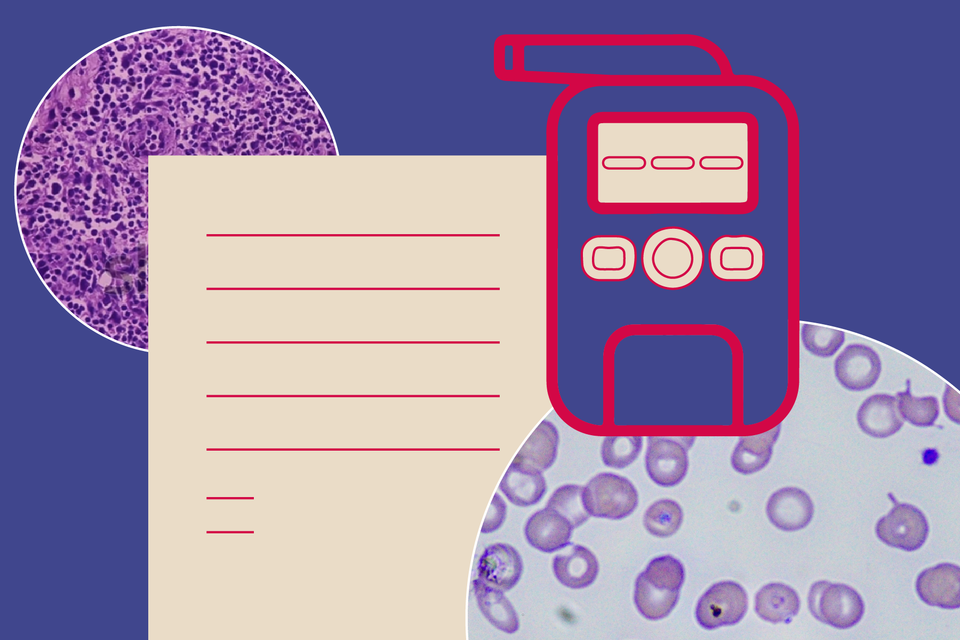
NIST Partners With the Gates Foundation to Develop Breathalyzers for Malaria and Tuberculosis

Credit: N. Hanacek/NIST
GAITHERSBURG, Md. — The U.S. Department of Commerce’s National Institute of Standards and Technology (NIST) has signed a cooperative research and development agreement (CRADA) with the Bill & Melinda Gates Foundation to begin creating standards and testing protocols for a new generation of breathalyzers that can diagnose malaria and tuberculosis (TB).
Under the CRADA, NIST researchers will launch a new effort to develop tools and techniques for ensuring that the breathalyzers are accurate and reliable, which will be vital should they come to market and be deployed throughout the developing world.
Several manufacturers and universities are developing breathalyzers for malaria and TB, which are among the leading causes of death worldwide. But according to NIST materials research engineer Kavita Jeerage, breath-based diagnostics may soon be used to identify or monitor the progression of a wide range of conditions and diseases, including liver disease, multiple sclerosis and cancer.
“We are thrilled to be participating in this global effort to develop new breath tests for infectious disease,” Jeerage said. “Through this partnership, we will lay the groundwork to ensure the highest levels of accuracy and efficacy for the next generation of breathalyzers.”
Malaria and TB are the cause of death for about 2 million people each year. Medical professionals typically diagnose malaria through a blood test and TB by taking a sample of sputum (cough mucus).
Both procedures can be costly and require access to technical equipment and often a laboratory for processing samples. In addition, certain strains of the malaria parasite have evolved and can escape detection.
In recent years, scientists have begun identifying biomarkers in human breath — a so-called breathprint — that indicate when someone's been infected by malaria or TB. By developing sensors that can detect these biomarkers, researchers hope to build low-cost, easily deployable breathalyzers that can be used globally.
But for these types of breathalyzers to enter into widespread use, it is critical that they produce accurate and reliable results. NIST will work toward this goal in collaboration with the Food and Drug Administration (FDA), which is also partnering with the Gates Foundation.
Under the two-year, $2 million CRADA with the Gates Foundation, NIST’s Fluid Characterization and Gas Sensing Metrology groups will focus on two long-term goals:
- Specially designed testing equipment to benchmark the breathalyzers’ performance and ensure measurement accuracy.
- Gas mixtures for testing the accuracy of the breathalyzers. Some will model the breath of someone who has either malaria or TB; others will replicate the breath of an infection-free individual.
In recent years, scientists have identified certain volatile organic compounds (VOCs) in human breath that indicate the presence of an illness or health condition.
Often, multiple VOCs are implicated, which is why disease-diagnosing breathalyzers will need to be more technologically advanced than the breathalyzer used by law enforcement to detect drivers under the influence of alcohol. That test only detects a single compound in the breath, ethanol.
According to Jeerage, researchers have made progress in recent years toward developing more sophisticated breathalyzers. The measurement standards NIST develops for malaria and TB breathalyzers have the potential to lay the foundation for further advances in clinical breath analysis.
NIST has extensive experience in measuring trace compounds in gases and creating reference materials to calibrate alcohol breathalyzers.
The agency’s researchers are developing a new breathalyzer for COVID-19 based on Nobel Prize-winning frequency-comb technology. For nearly a decade, NIST researchers have also been exploring the feasibility of a breathalyzer test for recent cannabis use.
EIN Presswire does not exercise editorial control over third-party content provided, uploaded, published, or distributed by users of EIN Presswire. We are a distributor, not a publisher, of 3rd party content. Such content may contain the views, opinions, statements, offers, and other material of the respective users, suppliers, participants, or authors.

